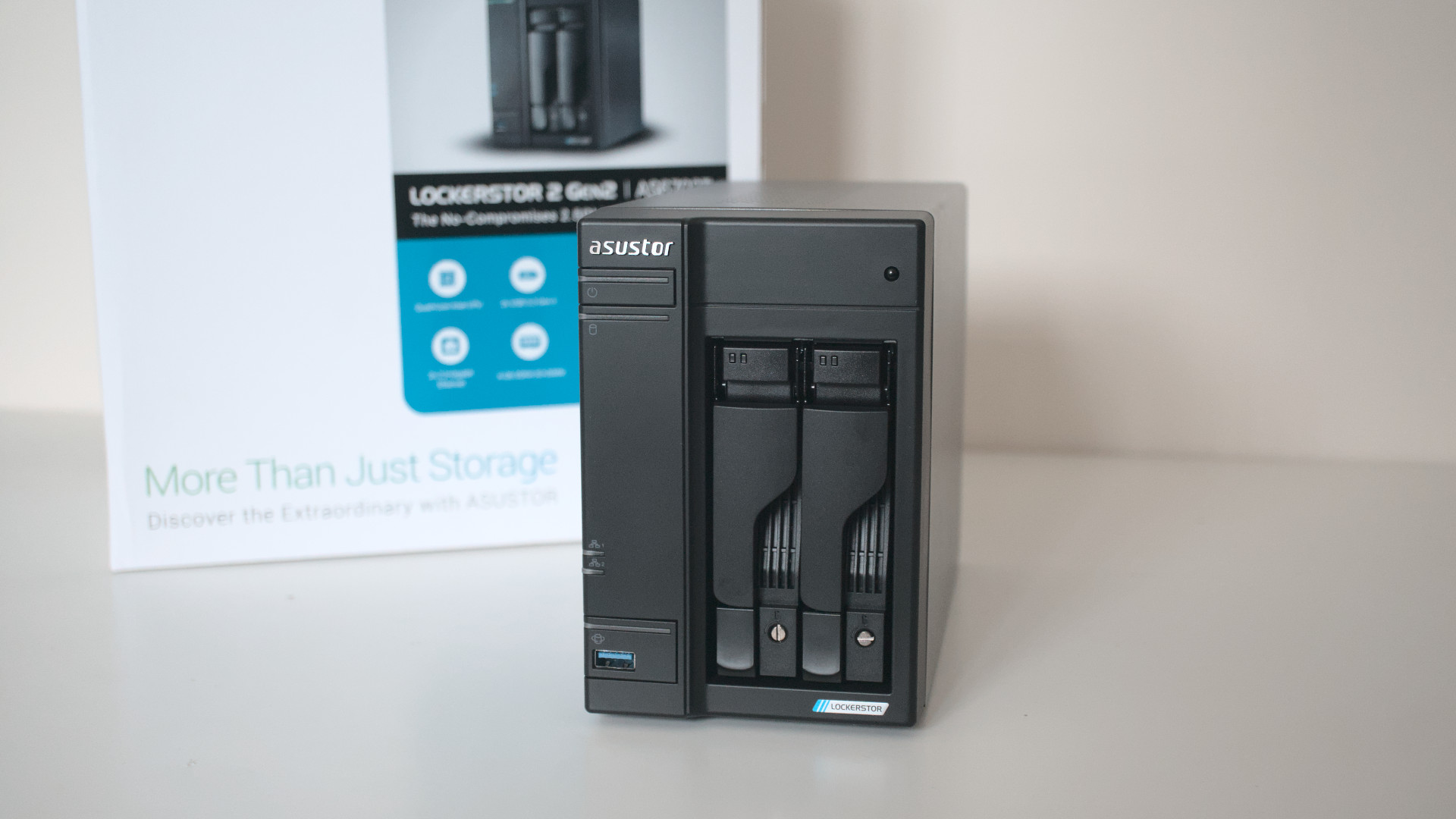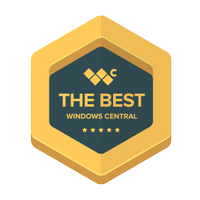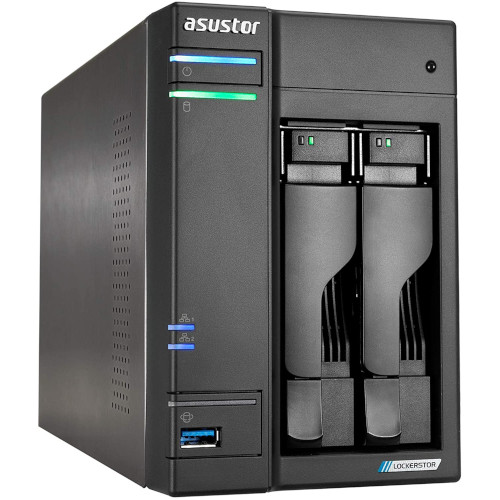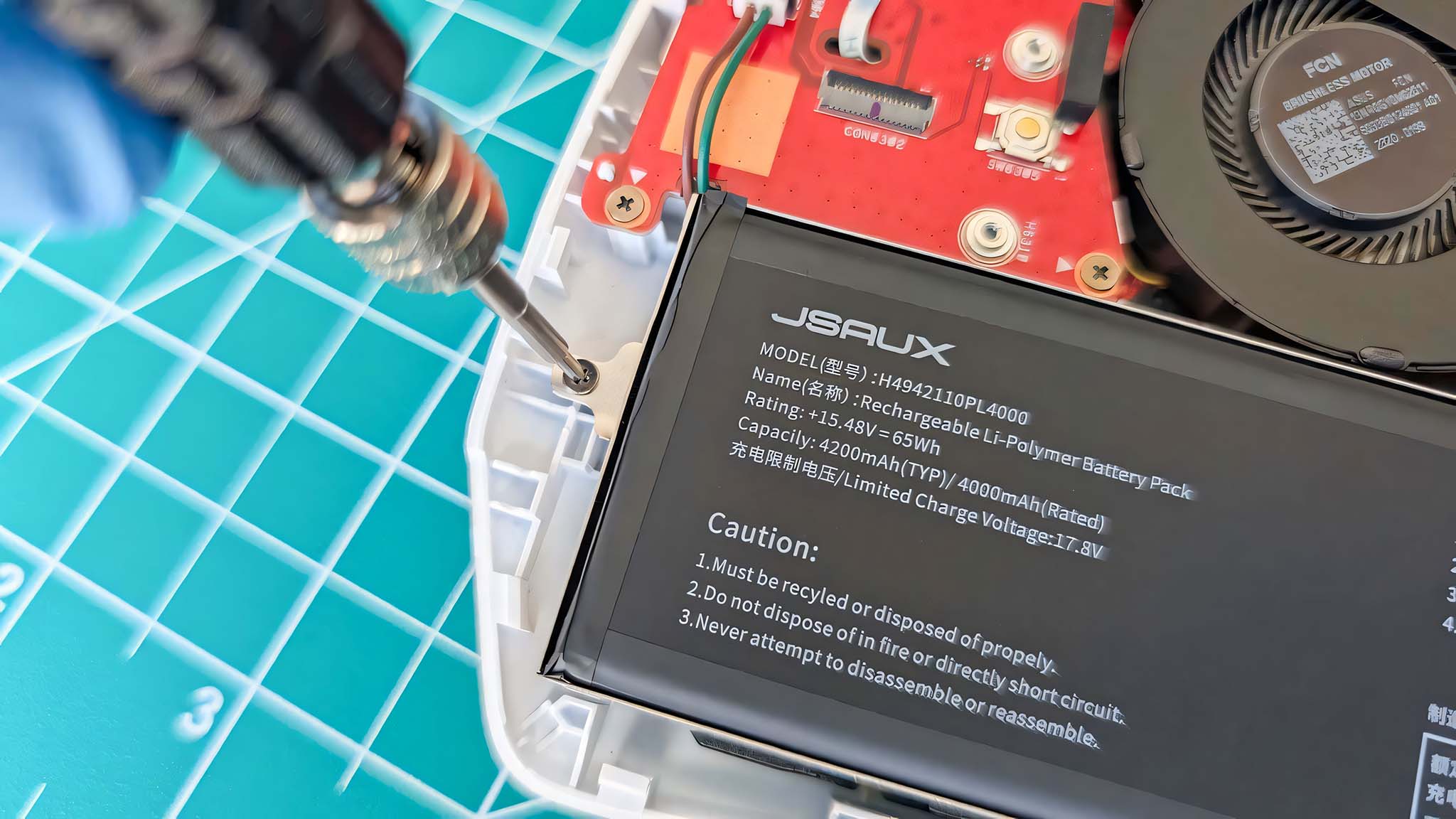Windows Central Verdict
ASUSTOR did a solid job with the second generation of the Lockerstor 2. The AS6702T is excellent with its M.2 slots, powerful CPU, upgradable RAM, and improved ventilation.
Pros
- +
Speedy Intel Celeron N5105
- +
2.5Gb LAN ports
- +
M.2 slots (can be used for storage)
- +
Upgradable DDR4-2933 RAM
- +
HDMI output
Cons
- -
Pricey
Why you can trust Windows Central
The two-bay NAS king was the Synology DiskStation DS220+ in terms of value and features. TerraMaster shook things up with the impressive F2-423, and today we're looking at the second generation of the Lockerstor 2 from ASUSTOR. The ASUSTOR Lockerstor 2 Gen2 (AS6702T) is a truly brilliant successor to the decent AS6602T and after reading through this review, you'll see why it's one of the best NAS you can buy.
Price, specs, and availability
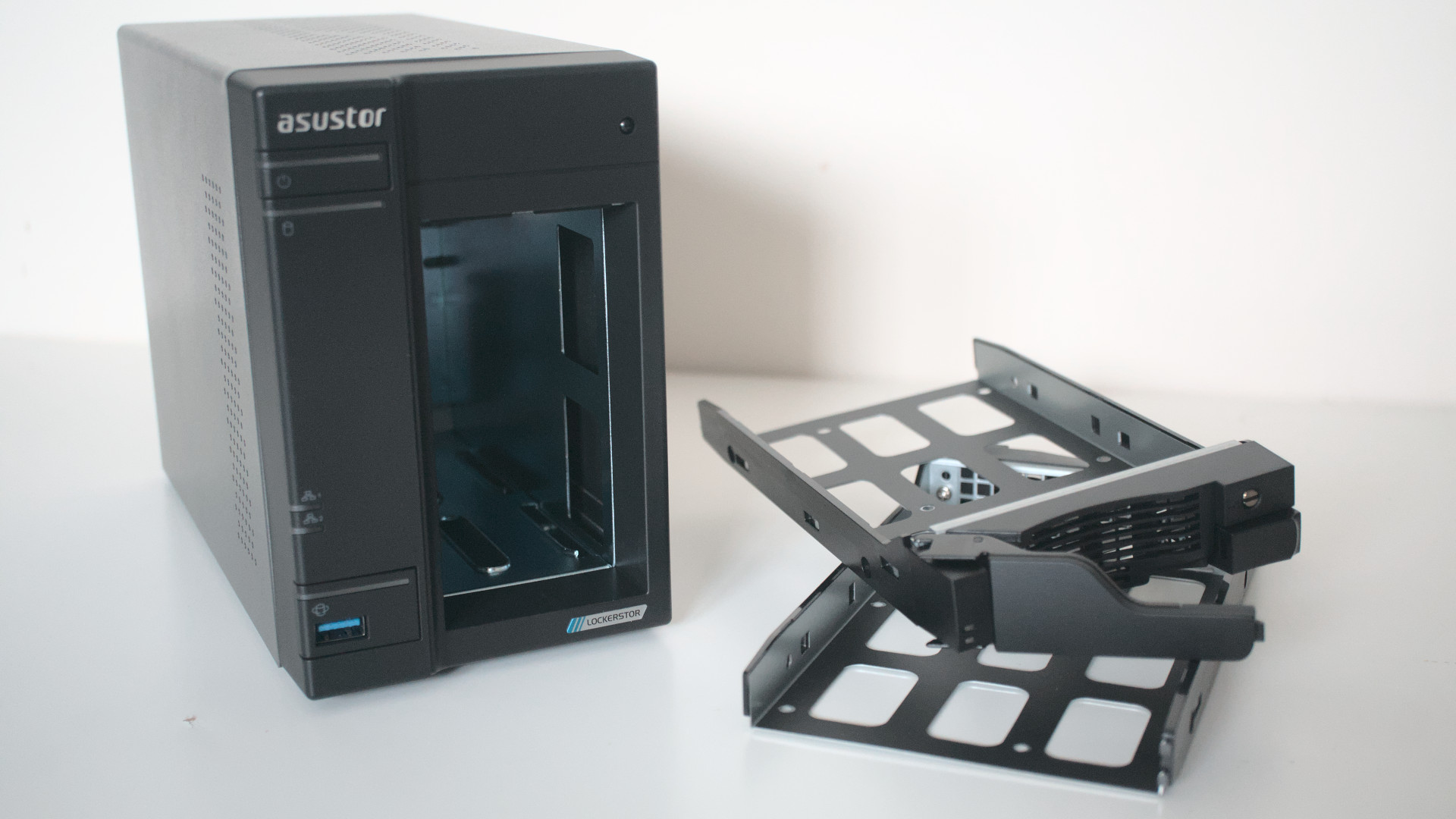
Compared to the outgoing ASUSTOR AS6602T, there are some beefy upgrades to the ASUSTOR Lockerstor 2 Gen2 AS6702T. Firstly, we're looking at the quad-core Intel Celeron N5105, which is considerably more efficient thanks to Intel's newer 10nm manufacturing process. The RAM has been bumped to DDR4-2933, and you can expand it from 4GB to 16GB.
Lastly, we've got not two, but four new M.2 SSD slots. And compared to other companies like Synology, you can freely use any of the four SSD slots for caching or storage. That's right: ASUSTOR lets you use up to four M.2 slots for rapid flash storage.
| Specifications | ASUSTOR Lockerstor 2 Gen2 (AS6702T) |
|---|---|
| CPU | Intel Celeron N5105 |
| GPU | Intel UHD Graphics |
| RAM | 4GB DDR4-2933 SODIMM |
| Row 3 - Cell 0 | (Max: 16GB) |
| Bays | 2 |
| Capacity | 40TB |
| Expansion | Drives: 2x AS6004U |
| Cooling | 1x 70mm |
| Ports | 2x USB-A 3.2 Gen 2x1 |
| Row 9 - Cell 0 | 2x 2.5Gb LAN |
| Row 10 - Cell 0 | 1x HDMI 2.0b |
| Power draw | ~21W |
| Dimensions | 163.5mm x 108mm x 230mm |
| Weight | 2.0kg |
The ASUSTOR Lockerstor 2 Gen2 (AS6702T) only draws up to 21W of power with all bays populated by drives. Everything is cooled by a single 70mm fan and the compact enclosure weighs just 2kg. It's an impressive package.
ASUSTOR AS6702T: What I like
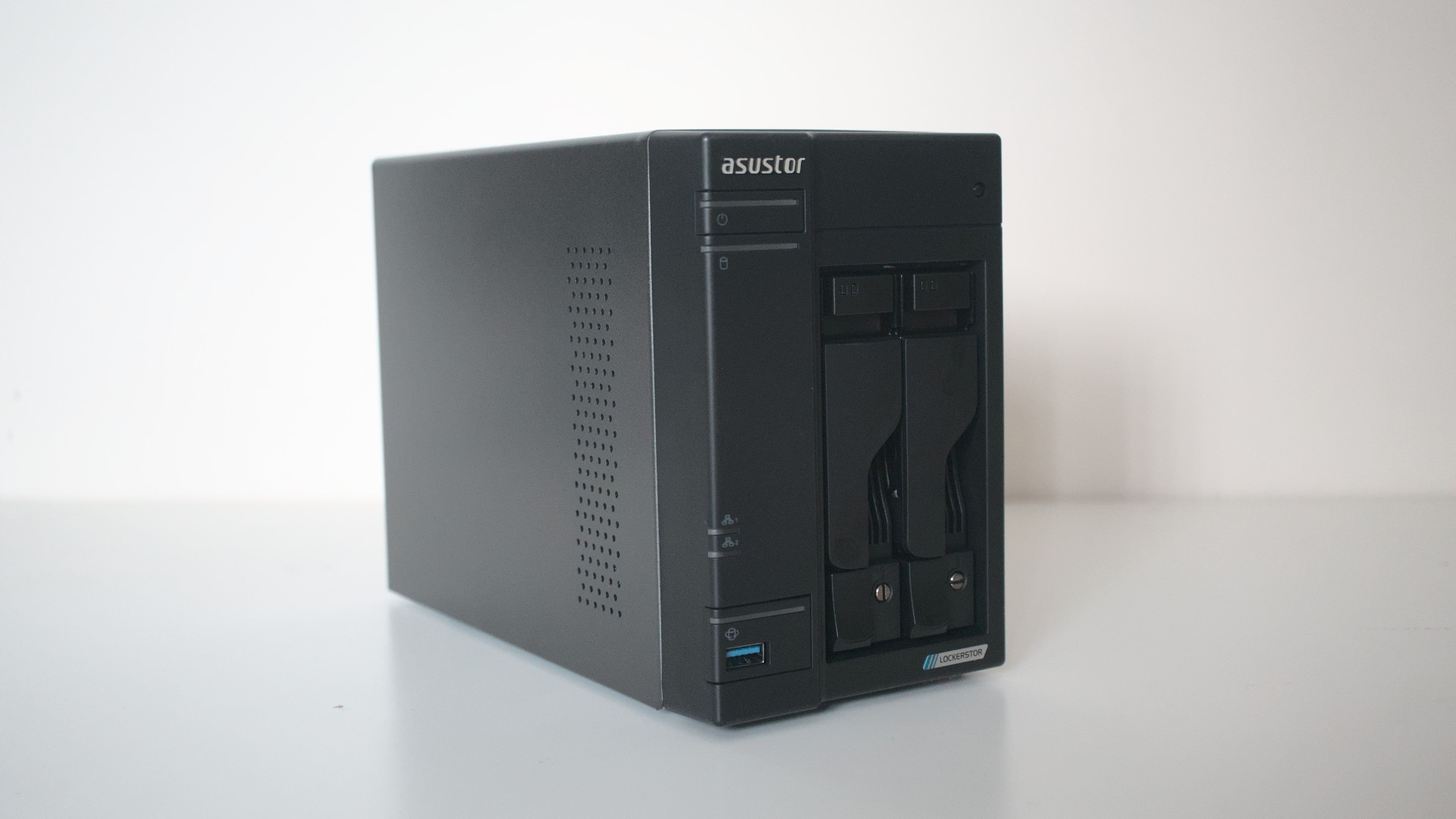
As expected, ASUSTOR ensures the Lockerstore 2 Gen2 AS6702T arrives safely in transit. Everything one needs to set up their first NAS is included, such as RJ45 LAN cables and screws. Like other diskless NAS enclosures, no drives are preinstalled and will need to be attached to the two drive trays.
ASUSTOR makes some unique NAS enclosures. They may be black slabs of metal and plastic, but the company has done well to improve its retro design. Look up front at the ASUSTOR AS6702T and it's easy to see how this NAS could sit right at home in the '90s, but it also has a modern feel about it.
The front panel houses the two drive bays. I want to touch on these trays for a moment as they're leagues above what other enclosure manufacturers produce, including Synology. They feel substantially more sturdy, even without a heavy 3.5-inch HDD installed, thanks to the metal base.
The two drive bays can be locked using a flat head screwdriver to prevent someone from accidentally removing a drive during operation. There is an LED indicator for power, status, and drive activity, as well as a power button and one of two USB-A 3.2 Gen 2x1 ports.
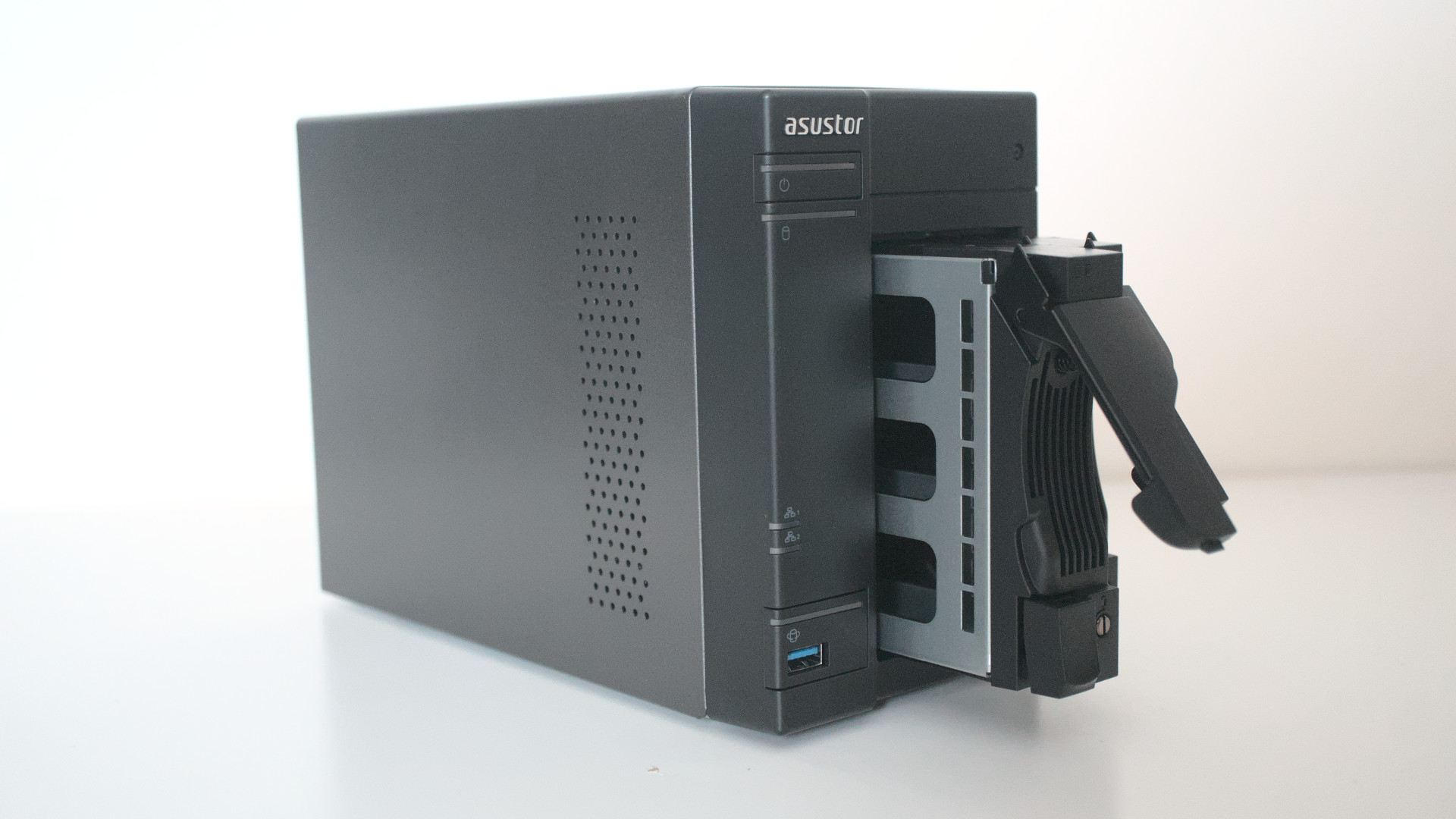
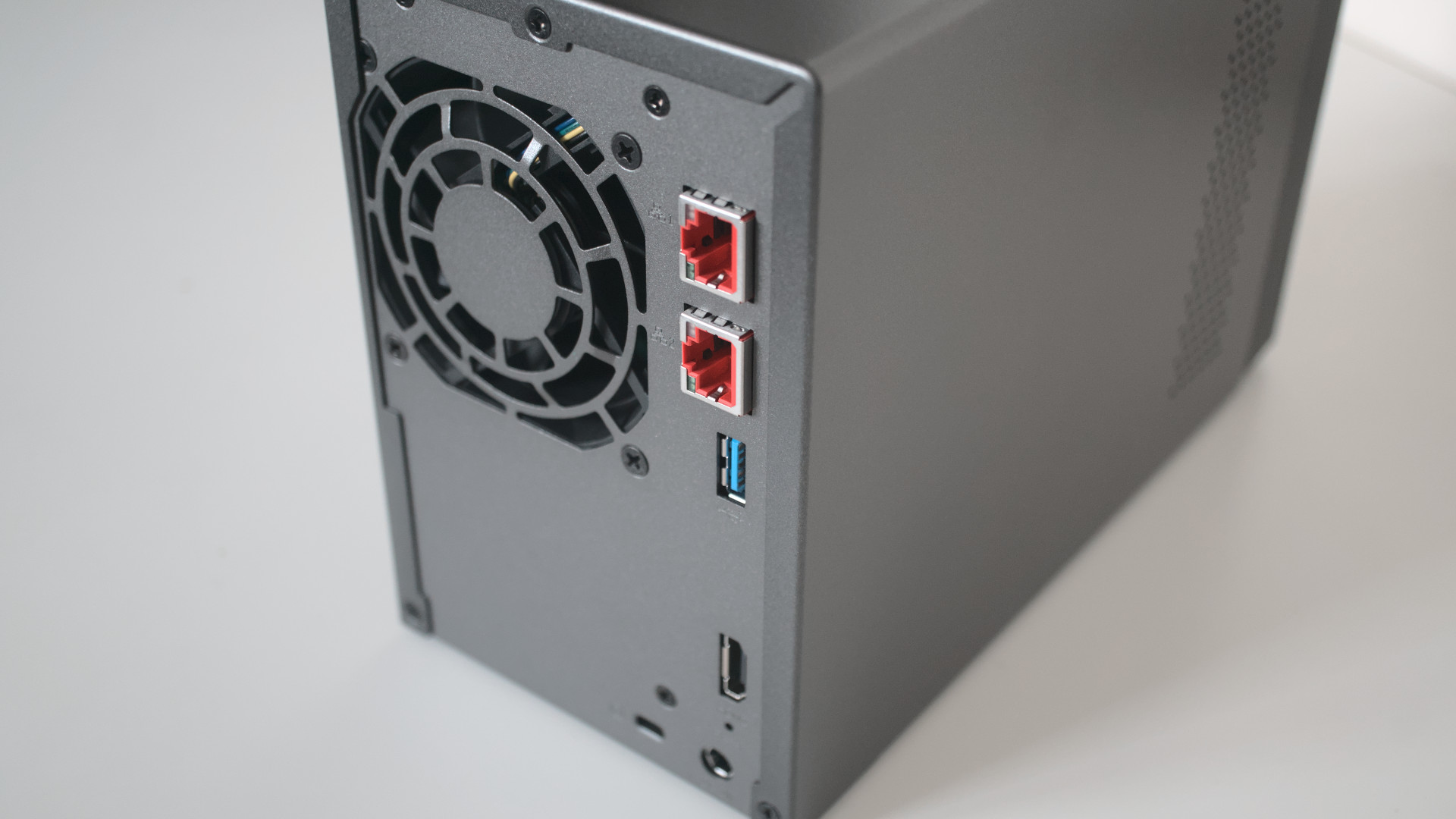

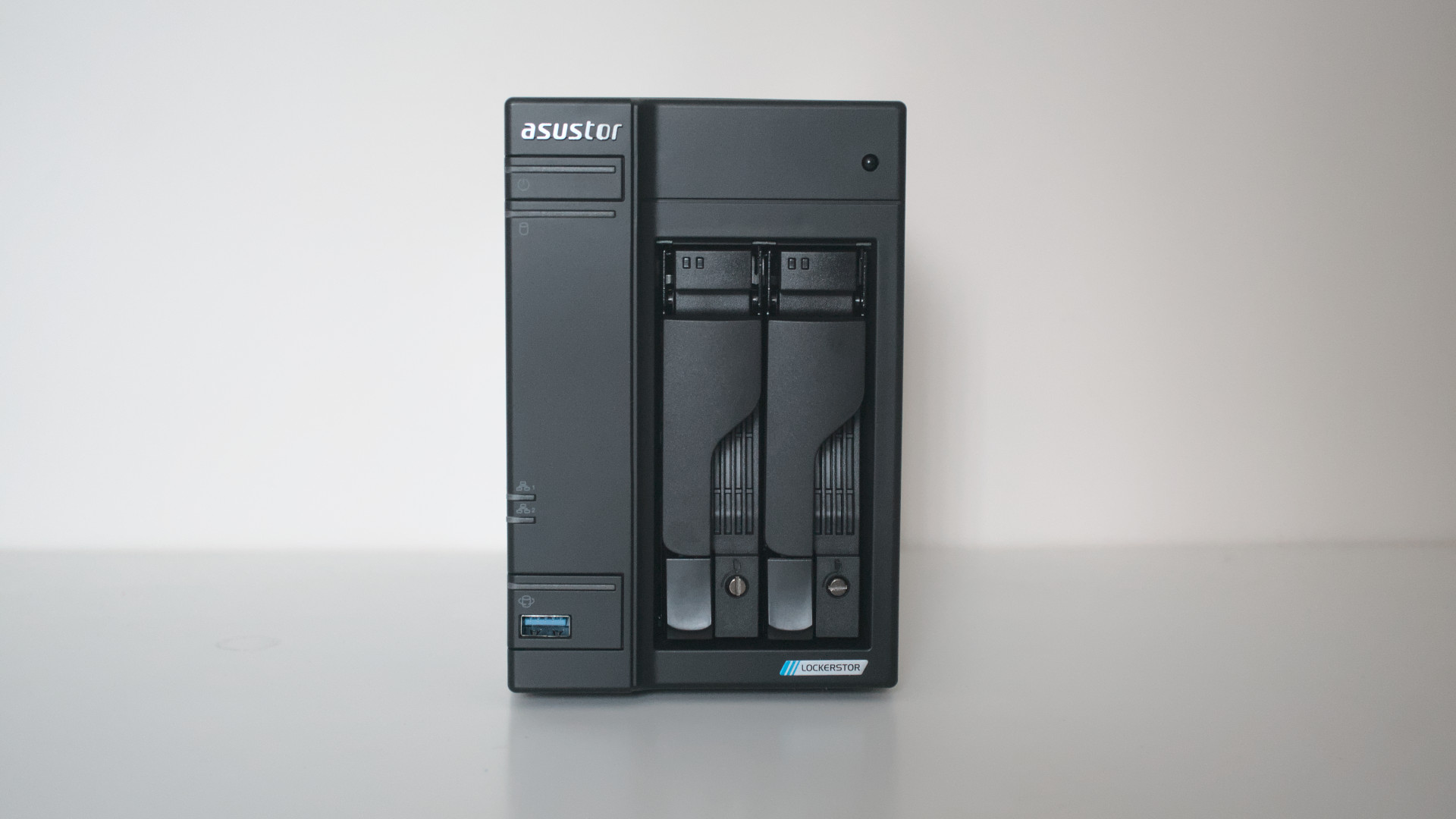
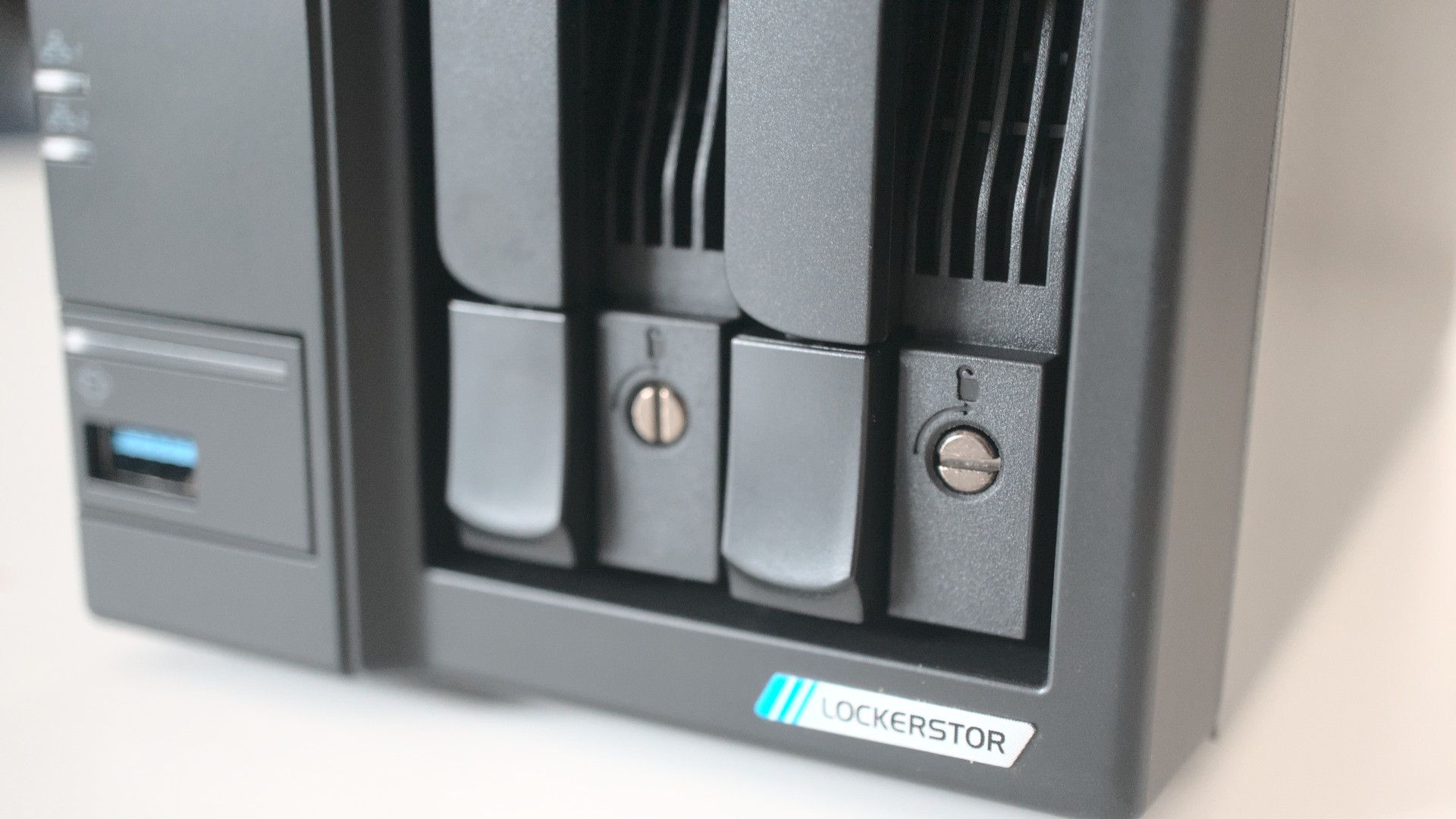

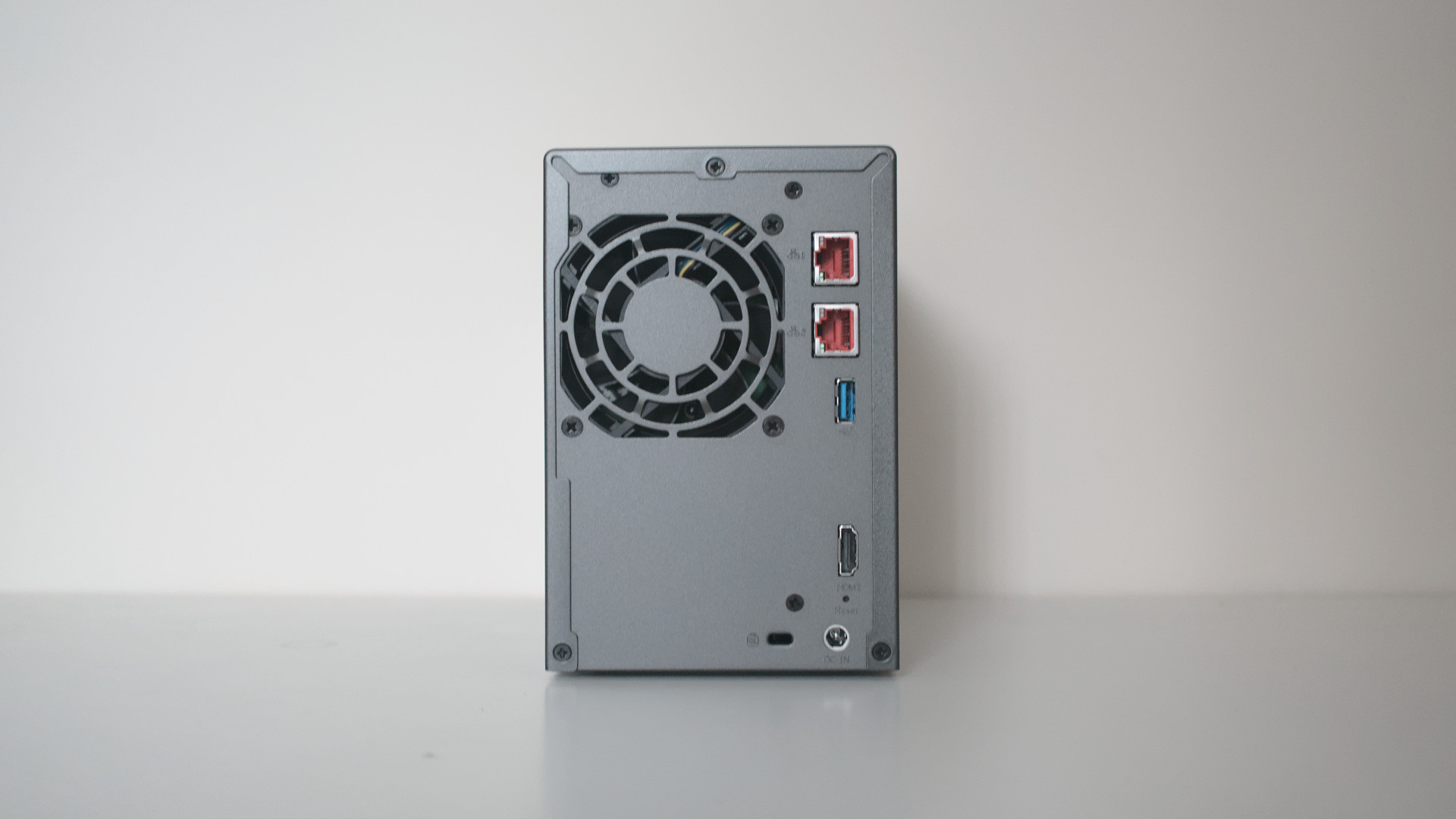
On the sides of the ASUSTOR Lockerstor 2 Gen2 (AS6702T) is absolutely nothing at all. Ventilation is handled by the front and top panels, with the single 70mm fan in the rear sucking air through the chassis. The rear panel plays host to the DC input, second USB-A 3.2 Gen 2x1 port, HDMI output, and two 2.5Gb LAN ports.
The two drive bays can hold a maximum of 40TB, which will be limited by RAID for data redundancy. ASUSTOR does allow for up to two ASUSTOR AS6004U expansion units to be connected to the AS6702T, which would bring the total number of drive bays up to 10.
Performance-wise, you're going to have a good time with the ASUSTOR Lockerstor AS6702T. I was a big fan of the impressive ASUSTOR Lockerstor 4 AS6604T and only had some minor complaints about the M.2 slots being reserved for SSD cache. ASUSTOR made a few changes and now it's possible to use M.2 slots for caching or storage.
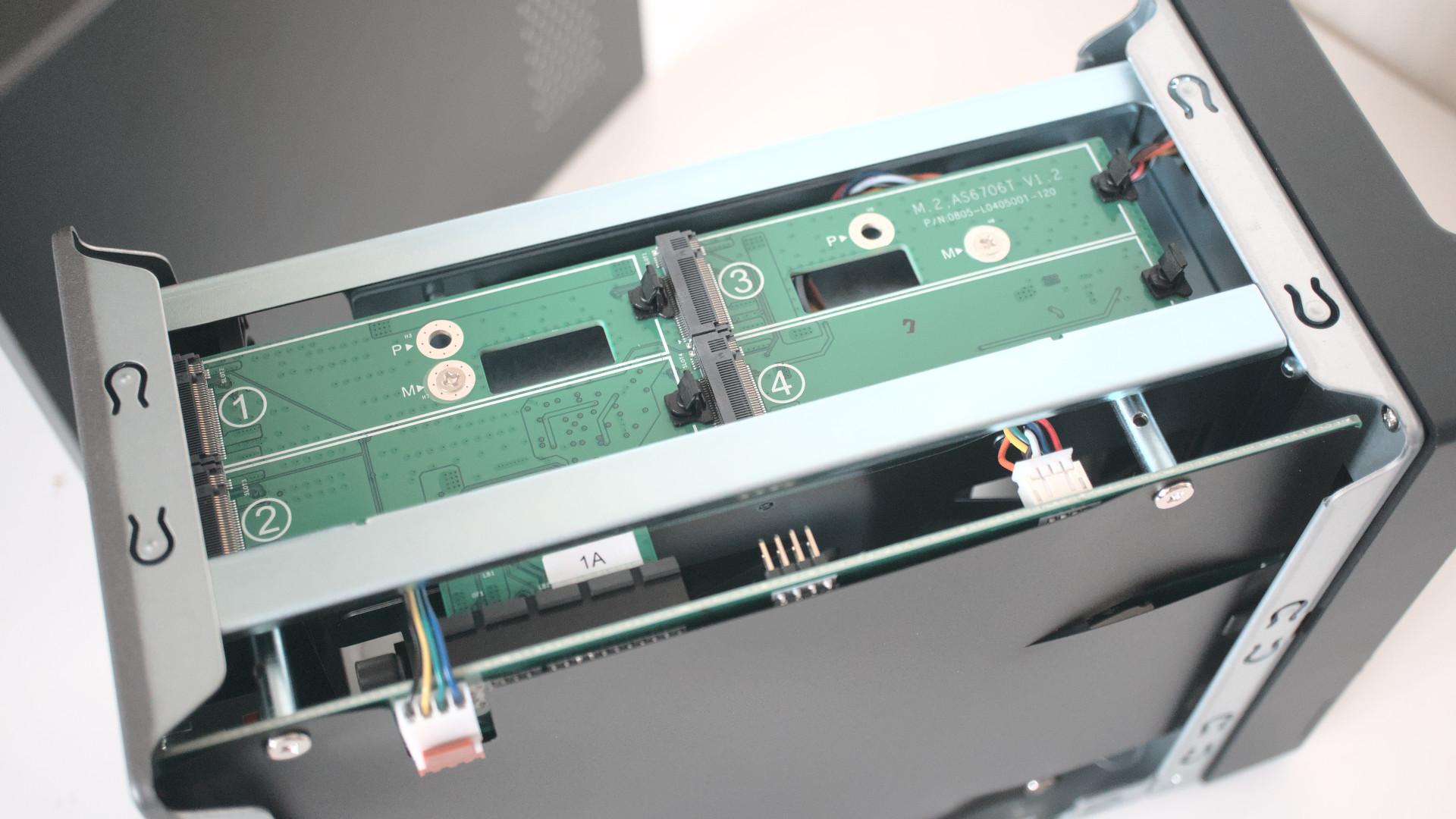
The Intel Celeron N5105 processor is a fantastic piece of kit. It's a quad-core CPU with a base clock speed of 2.0GHz and a burst mode of up 2.9GHz. This allows for a fair number of tasks to be run on a NAS simultaneously, like running a Plex Media Server and recording footage from a few IP cameras.
This newer processor also unlocks access to faster DDR4 RAM, and the AS6702T utilizes 4GB of DDR4-2933 out of the box. The company states you can expand it to 16GB (and this matches what Intel has listed for the N5105 processor), but TerraMaster seems to believe you can use 32GB with its N5105-powered NAS.
To test the ASUSTOR Lockerstor 2 Gen2 AS6702T, we made good use of two 4TB Seagate IronWolf HDDs and 1TB IronWolf SSDs. Linking the two 2.5Gb connections together, I managed to achieve a data transfer rate of around 400MB/s with the hard drives, and a solid 470MB/s with the SSDs.
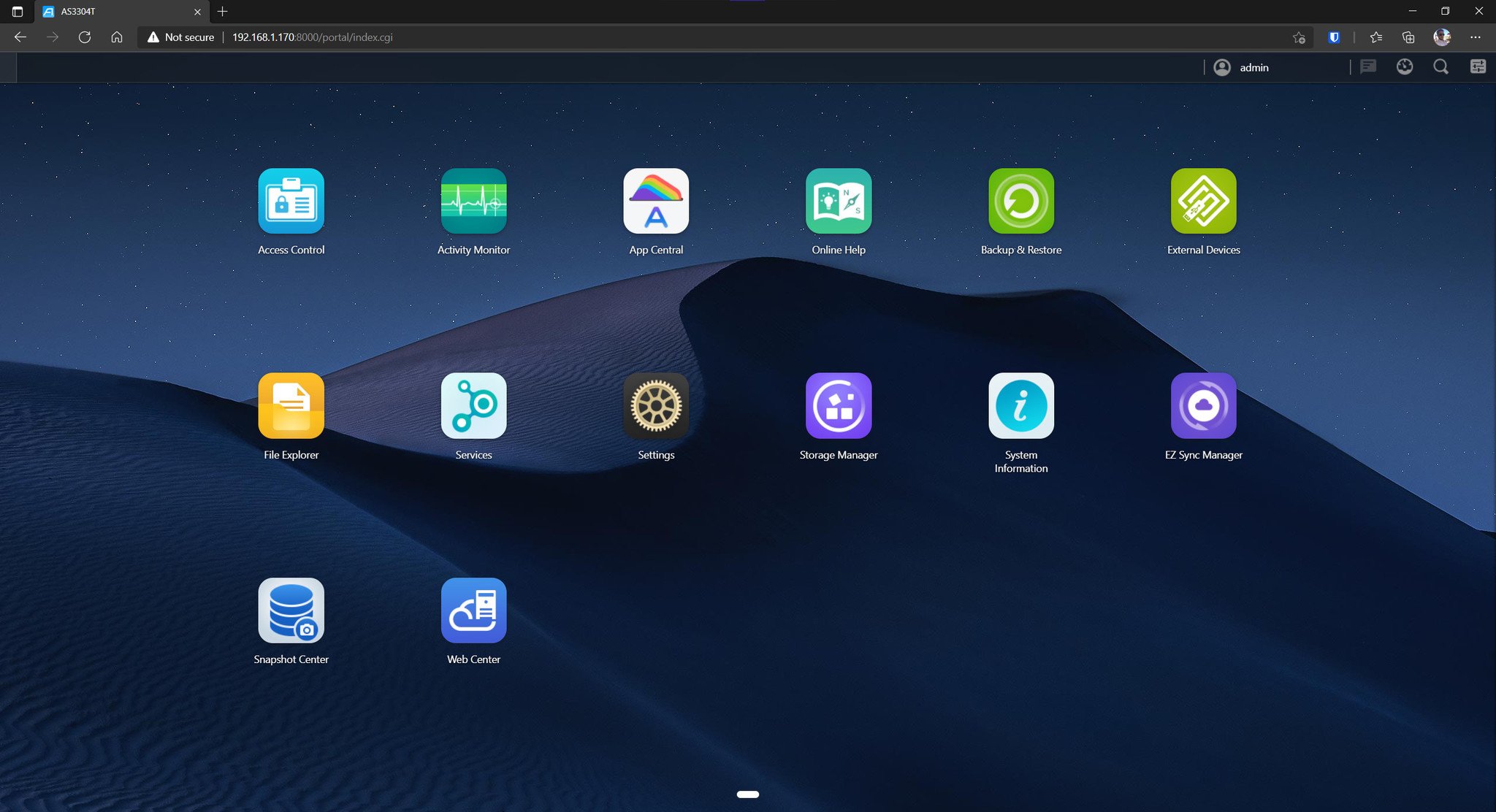
Managing everything on the ASUSTOR Lockerstor 2 Gen2 AS6702T requires the use of the ASUSTOR Drive Manager (ADM) OS. It's refined, powerful, and easy to use. There are hundreds of apps available, including Plex Media Server and other big names that can be installed with a few clicks of the mouse.
Installation is painless, and you'll be up and running with a fresh install in no time. ADM 4 is simply a joy to use.
ASUSTOR AS6702T: What I don't like
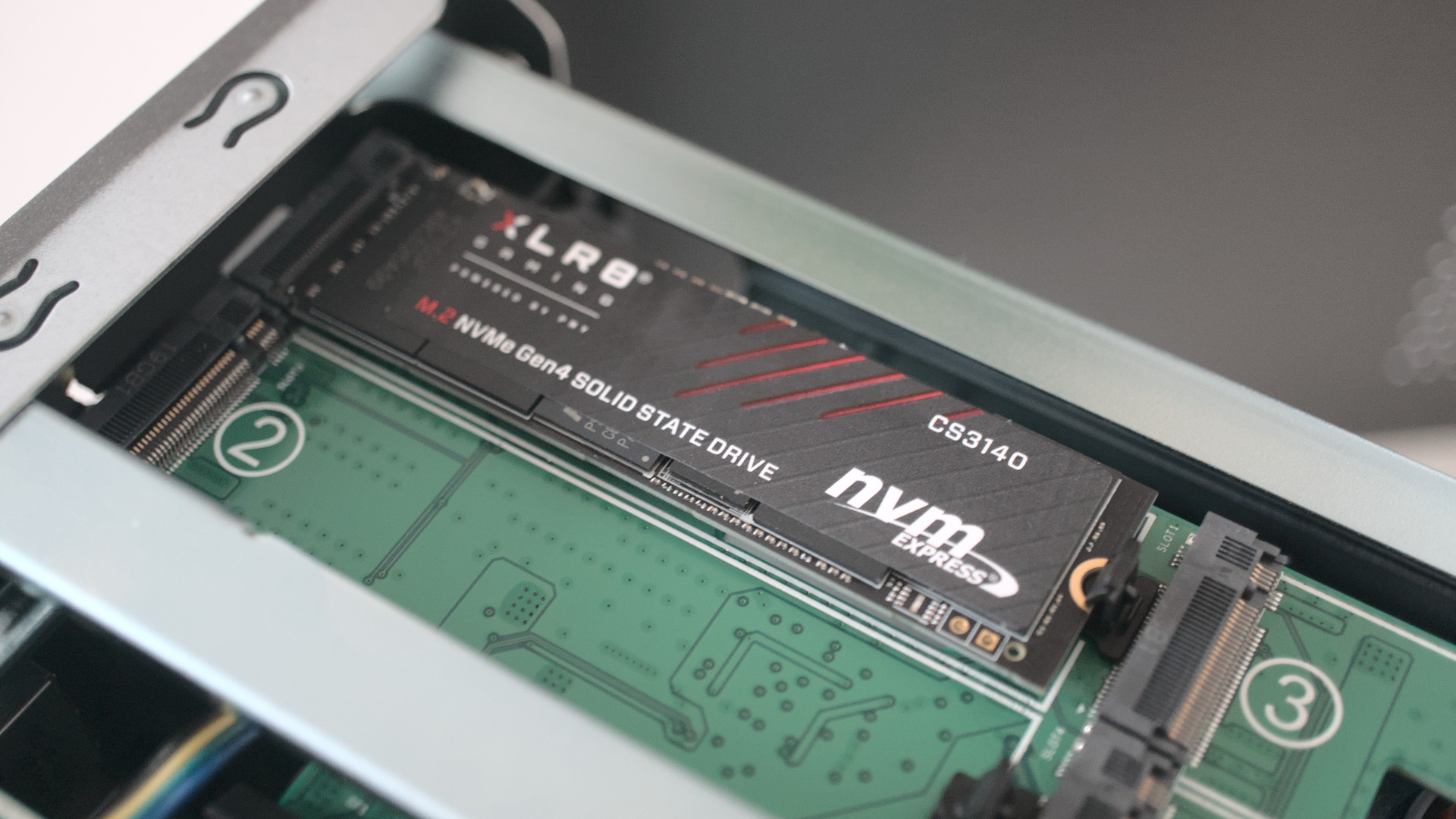
The ASUSTOR AS6702T isn't affordable, but it's not designed with tighter budgets in mind. A NAS like the Synology DiskStation DS220+ or ASUSTOR Drivestor 2 (AS1102T) would be a better fit. For those who require 2.5Gb networking, HDMI output, a speedy Intel processor, and upgradable DDR4 RAM, the AS6702T is reasonably priced.
Accessing the four M.2 SSD slots requires the use of a screwdriver to take apart the outer shell. It's an easy process, but we've seen tool-less access in NAS enclosures like the Synology DiskStation DS1522+. I can understand the limitations ASUSTOR faced with cramming four slots inside such a compact chassis, however. It's a shame since the actual M.2 slots are tool-less.
ASUSTOR AS6702T: Competition
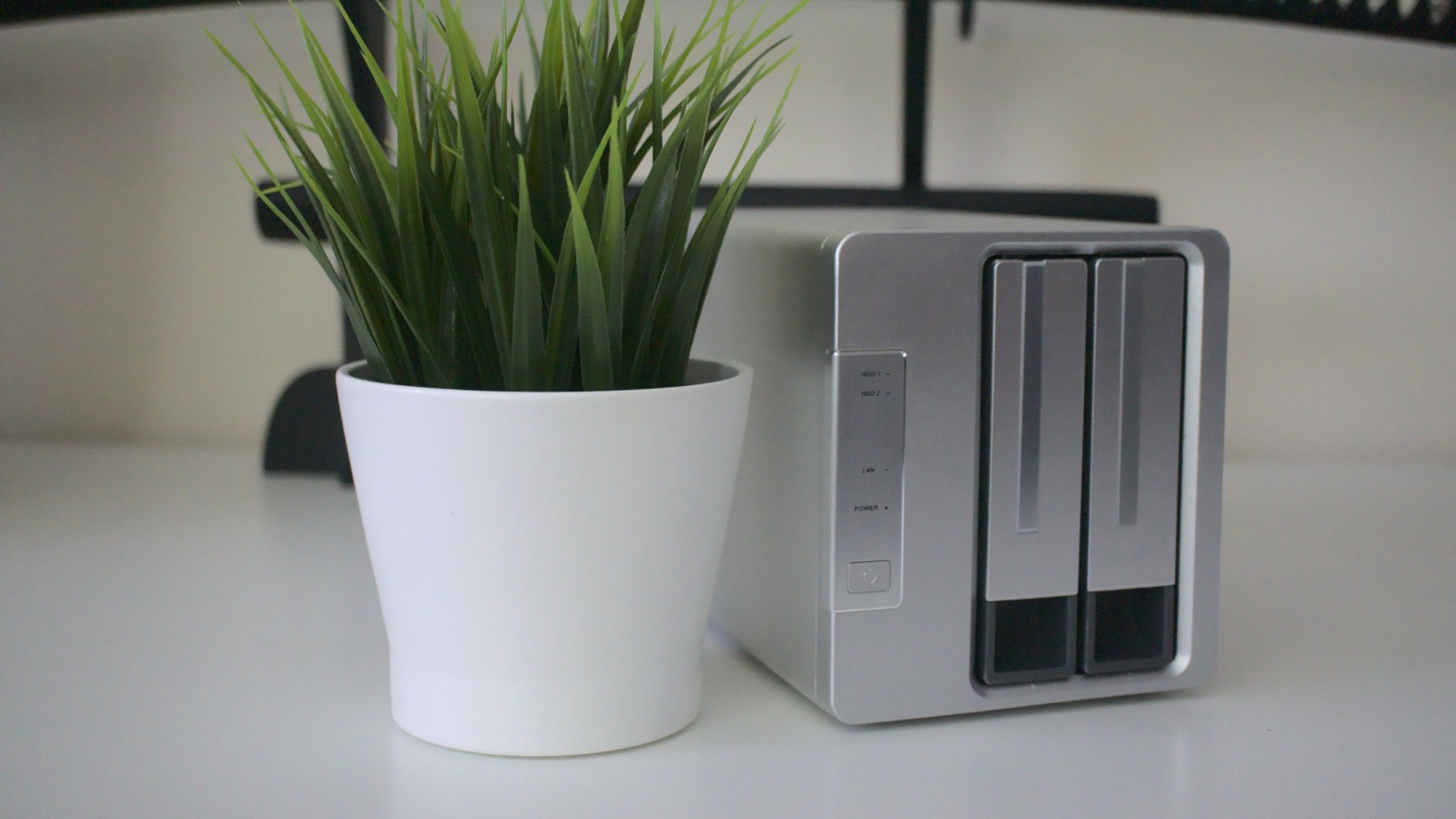
Direct competition to the ASUSTOR AS6702T would be the Synology DiskStation DS720+ and TerraMaster F2-423. TerraMaster's F2-423 is the more affordable enclosure of the three. The table below shows how all three NAS compare against one another in terms of specifications.
While specifications may appear similar between the three enclosures, the subtle differences play a major part in the price of the AS6702T from ASUSTOR. While they all sport Intel processors, the more recent TerraMaster and ASUSTOR NAS rock the latest quad-core Celeron N5105.
| Specifications | ASUSTOR Lockerstor 2 Gen2 (AS6702T) | Synology DiskStation DS720+ | TerraMaster F2-423 |
|---|---|---|---|
| Release | 2022 | 2020 | 2022 |
| MSRP | $549 | $399 | $379 |
| CPU | Intel Celeron N5105 | Intel Celeron J4125 | Intel Celeron N5105 |
| GPU | Intel UHD Graphics | Intel UHD Graphics | Intel UHD Graphics |
| RAM | 4GB DDR4-2933 SODIMM | 4GB DDR4-2400 SODIMM | 4GB DDR4-2933 SODIMM |
| Row 5 - Cell 0 | (Max: 16GB) | (Max: 8GB) | (Max: 32GB) |
| Bays | 2x 3.5-inch | 2x 3.5-inch | 2x 3.5-inch |
| Row 7 - Cell 0 | 4x M.2 | 2x M.2 | 2x M.2 |
| Capacity | 40TB | 40TB | 40TB |
| Expansion | Drives: 2x AS6004U (~10 bays) | Drives: 1x DX517 (~7 bays) | — |
| Cooling | 1x 70mm | 1x 92mm | 1x 80mm |
| Ports | 2x USB-A 3.2 Gen 2x1 | 2x USB-A 3.2 Gen 1 | 2x USB-A 3.2 Gen 1 |
| Row 12 - Cell 0 | 2x 2.5Gb LAN | 2x 1Gb LAN | 2x 2.5Gb LAN |
| Row 13 - Cell 0 | 1x HDMI 2.0b | 1x eSATA | 1x HDMI 2.0b |
| Power draw | ~21W | ~16.44W | ~22.1W |
| Dimensions | 163.5mm x 108mm x 230mm | 166mm x 106mm x 223mm | 227mm x 119mm x 133mm |
| Weight | 2.0kg | 1.51kg | 2.4kg |
Then there's the RAM, which is now DDR4-2933 for the AS6702T and F2-423, except TerraMaster officially supports up to 32GB. You should be able to do the same with the AS6702T (it has the same CPU), though ASUSTOR may not officially support this move.
Finally, let's talk networking and flash storage. The older Synology DiskStation DS720+ comes with two M.2 bays (same as the F2-423), but ASUSTOR comes out on top with four. The DS720+ is the only NAS not to support 2.5Gb networking with the other two enclosures having two 2.5Gb ports.
ASUSTOR's NAS should be the more powerful enclosure here since it's the newest and most expensive. Should you be able to take full advantage of what's on offer, it's also great value compared to more premium NAS enclosures.
ASUSTOR AS6702T: Should you buy?
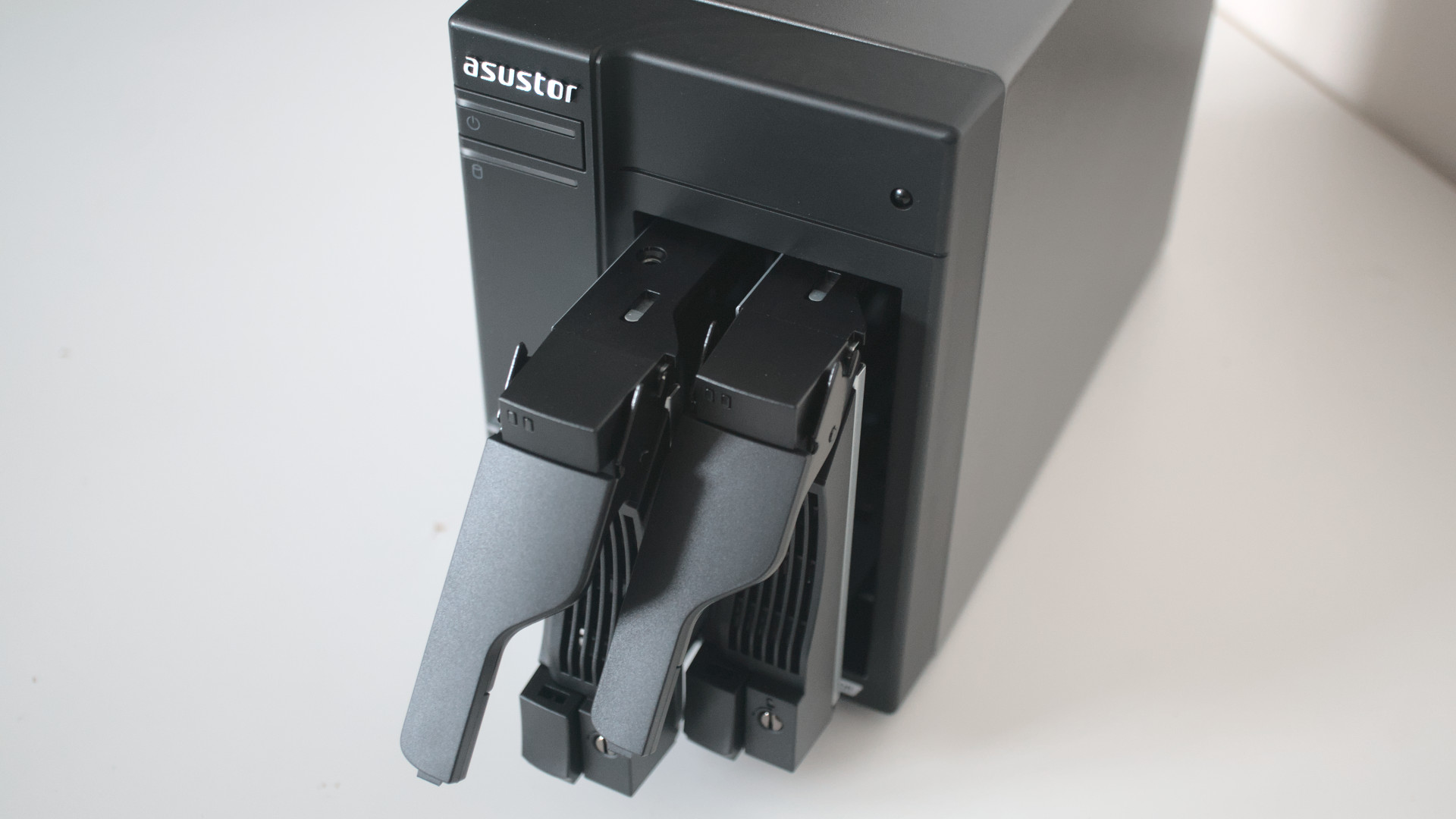
You should buy if ...
- You need a small compact NAS for running Plex Media Server
- You only need a NAS with two drive bays
- You want a powerful NAS with an Intel CPU
- You plan on upgrading the NAS with more RAM
- You want to perform intensive tasks like running virtual machines (VM)
You shouldn't buy if ...
- You don't want to spend $550 on a two-bay NAS
- You don't need 2.5Gb networking or M.2 SSD slots
The ASUSTOR Lockerstor 2 Gen2 (AS6702T) is an expensive NAS enclosure, but it packs some impressive specifications. Where the AS6702T offers exceptionally good value for those who will actually make good use of all its premium features. Don't have a 2.5Gb LAN or plan on using M.2 SSDs? You should probably look elsewhere.
If you do plan on pushing the AS6702T to its limits, you're going to be mightily impressed. The quad-core Intel processor is brilliant and packs a punch for more intensive applications. So does the DDR4-2933 RAM, which can be expanded up to 16GB. Then there are the four M.2 SSD slots for caching and storage.
ASUSTOR makes some excellent NAS, and this is yet another fine example. With the ability to connect the AS6702T directly to your TV, using the HDMI port, and throwing into the mix two expansion units for a total of 10 drive bays, this two-bay NAS can become a foundation of a powerful media streaming server.
So long as you can overlook the price tag, the ASUSTOR Lockerstor 2 Gen2 (AS6702T) is easily one of the best NAS you can buy right now.

Rich Edmonds was formerly a Senior Editor of PC hardware at Windows Central, covering everything related to PC components and NAS. He's been involved in technology for more than a decade and knows a thing or two about the magic inside a PC chassis. You can follow him on Twitter at @RichEdmonds.
